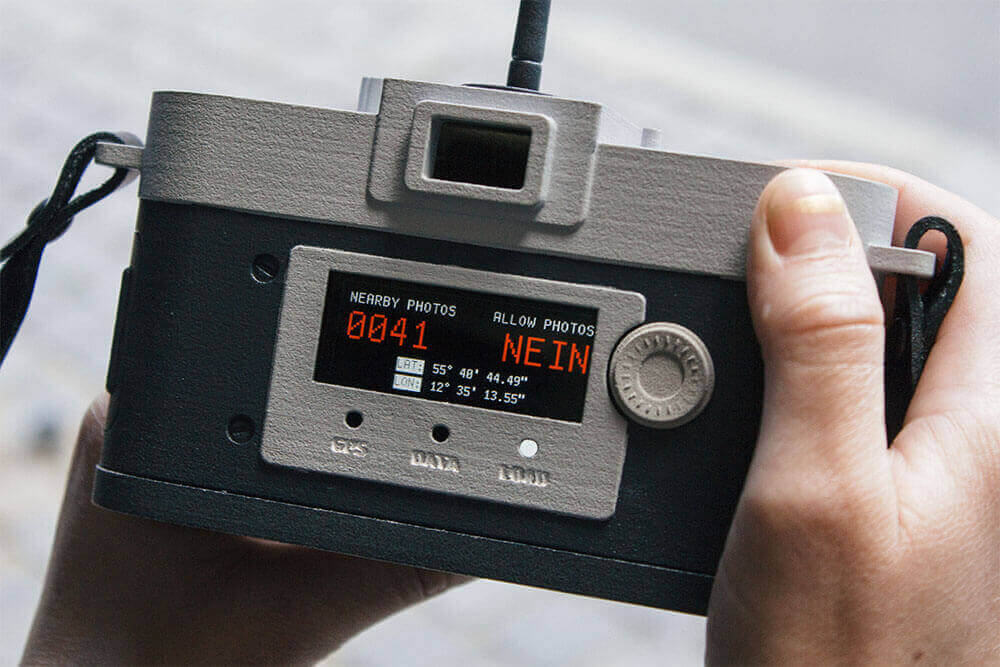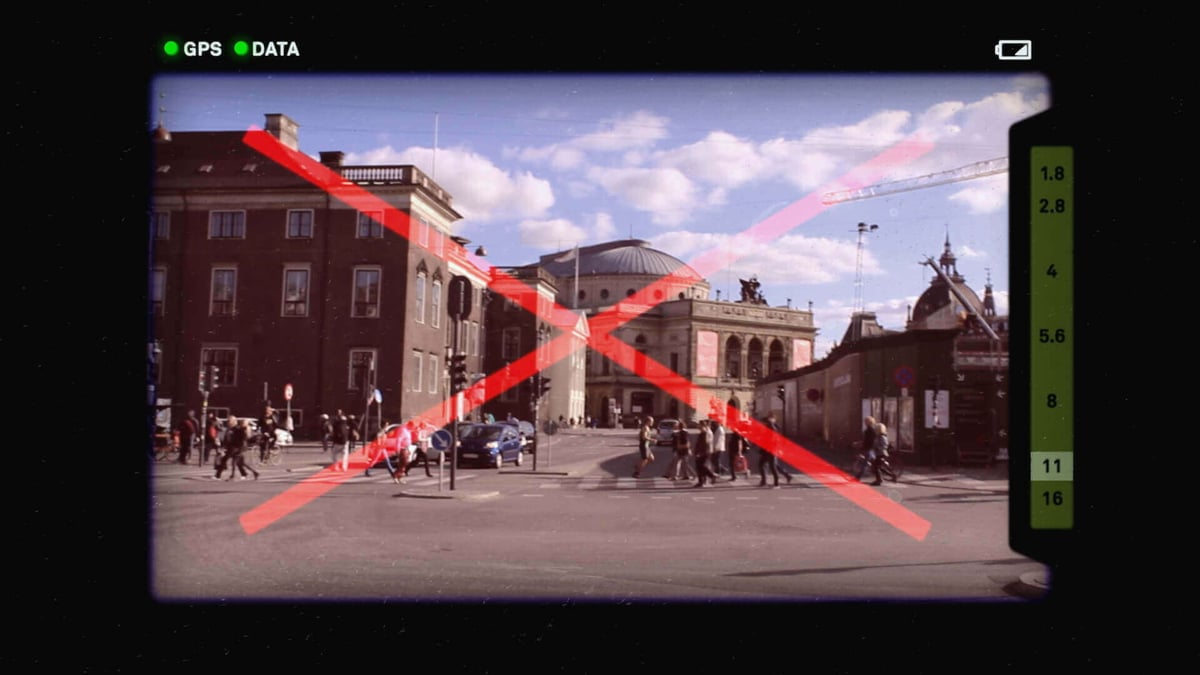3D printed Camera Restricta uses GPS to detect the density of tourist photos taken in an area… and blocks you from taking boring pictures!
But how would you feel if you weren’t allowed to take photographs of these renowned landmarks? If governments passed laws that made sharing photographs of copyrighted landmarks illegal?
That’s exactly what the European Parliament attempted (and failed) to do earlier this summer.
Camera Restricta is a satirical response to draconian proposals like these. It’s a smartphone app with an accompanying 3D-printed camera case for your phone, and it will literally block you from taking a photo of a popular landmark.
The name Camera Restricta is a reference to the first photographic camera, the Camera Obscura. The Restricta works by using GPS to pinpoint your location, and then measures the density of other geo-tagged photos from the area through an open source web app.
The more popular the location, the higher the density of photos. If the app finds there are too many photos within a 115 square-foot radius, the shutter closes and a big red X appears on the view finder. You can’t take a photo.
It can also warn you when you’re approaching a photography hot-zone, by translating the data into acoustic feedback like a Geiger counter. But instead of warning against radioactivity, each little clicking noise represents a photo detected nearby.
These noise alerts of frequently photographed places can sometimes reveal photography hot-zones in surprising locations. Approaching the source, instead of finding popular buildings and scenery, it may be something more innocuous like a nightclub bathroom — a place where people frequently take and upload selfies.
Camera Restricta is “a disobedient tool for taking unique photographs”
Currently, the prototype Camera Restricta is a 3D-printed camera body that contains the electronics to control the shutter, and a smartphone to handle the GPS and data connection (as well as notification sounds and function as a viewfinder).
Camera Restricta developer Phillip Schmitt says:
The project is not only a piece about censorship in a political sense, but also questions our photographic practice. With digital photography displacing film, taking pictures has essentially become free, resulting in an infinite stream of imagery.
His invention prevents people from contributing to “the overflow of generic digital imagery.” In a realistic scenario, no one wants a camera that refuses to take pictures. But Camera Restricta is a brilliant artistic statement.
First and foremost, censorship of photography in open spaces is patently absurd. But where those limitations exist, we’re compelled to work around them, to think more creatively and develop a critical eye.
A person might be encouraged to seek out new, undiscovered places to take a photograph, for example. Or drawn closer to things that other people have found interesting.
And hey, anything that encourages us to stop using the same angles and filters in our photography can only be a good thing, right…?
License: The text of "Camera Restricta Won’t Allow Photos in Tourist Areas" by All3DP is licensed under a Creative Commons Attribution 4.0 International License.

